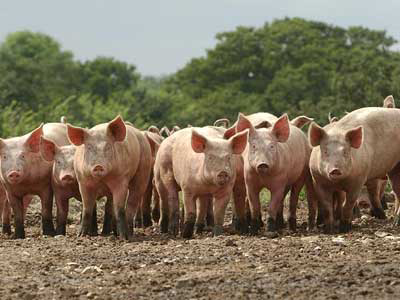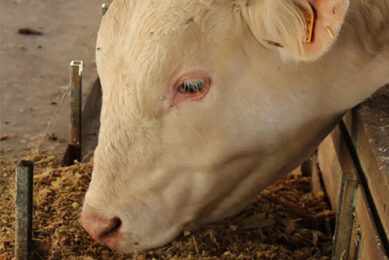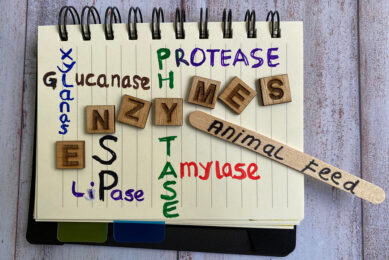Helping pigs to digest phosphorus

Research conducted at the University of Illinois (USA) has determined how adding various levels of the enzyme phytase to the diet improves how pigs digest the phosphorus in four different feed ingredients.
Phosphorus is a vital nutrient for pig growth, but pigs do not always digest it well.
Improving phosphorus digestibility has positive implications for producers’ bottom lines as well as for the environment.
“The majority of the phosphorus in plant feed ingredients is bound in phytate,” said U of I animal sciences professor Hans Stein. “It is difficult for pigs to utilize that phosphorus because they cannot hydrolyze that phytate molecule. There is an exogenous enzyme called phytase that helps the pigs hydrolyze that phosphorus bond from phytate so the digestibility is increased.”
However, there are no data on the response to different levels of phytase in the diet. “It’s not known if we need to add 500, or 1,000, or 1,500 units of phytase to get a maximum response, and it’s also not known if the response is the same when we use different feed ingredients,” Stein said.
Stein’s team tested the digestibility of phosphorus in conventional corn grain, corn germ, distillers dried grains with solubles (DDGS), and high-protein distillers dried grains (DDG).
They tested each ingredient with no phytate and with 500 units, 1,000 units, and 1,500 units of added phytate.
Supplementation with 500, 1,000, and 1,500 units of phytate increased phosphorus digestibility from 40.9% in corn grain with no added phytate to 67.5, 64.5, and 74.9%, respectively.
Phosphorus digestibility in corn germ increased from 40.7% to 59.0, 64.4, and 63.2%, respectively.
Digestibility of phosphorus in DDGS increased from 76.9% to 82.9, 82.5, and 83.0%, respectively, but the increase was not significant.
Phosphorus digestibility in high protein DDG increased from 77.1% to 88.0, 84.1, and 86.9%, respectively.
“What we discovered was that for corn and corn germ, we had a low digestibility without phytase, but as we added phytase to the diet, we increased the digestibility quite dramatically,” Stein said.











